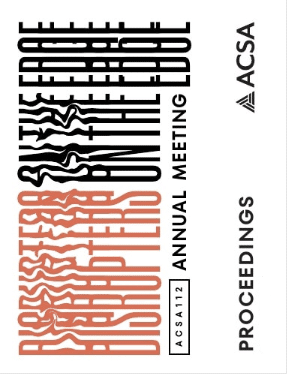Author(s): Gundula Proksch
Over the past decade, the field of Engineered Living Materials (ELMs) has emerged, combining synthetic biology and material science to mimic the properties of natural living materials. ELM research aims to produce novel materials with tailored functions using genetically engineered organisms coupled with synthetic or biological polymers to create desirable features like self-repair and enhanced mechanical properties. ELMs have been applied in regenerative medicine, therapeutics, electronics, device engineering, computing, and construction in the built environment. ELMs are a rapidly growing field that is based on the convergence of synthetic biology with polymer science. The authors of this study are part of a National Science Foundation (NSF)-funded project, in which we define ELMs as composite materials of engineered living cells encapsulated within a polymeric matrix. Our interdisciplinary research team comprises chemists, biochemists, bioengineers, mechanical engineers, and architects who develop ELMs for the built environment, which includes 3D-printable resins with engineered living cells that exhibit different functionalities. The focus of our lab-based research focuses on three main issues around innovative ELMs: (1) the ability to thrive in changing hydration levels (outdoor environment) and survive periods of low hydration levels, (2) the integration of photosynthetic active, productive cells in high-tech building membranes, and (3) the creation of ELMs clusters as resilient bioreactors for bioproduction. This study reports on the structure of this research project and the state of the science of ELMs research in general. It highlights the need for disciplinary collaboration on ELM research between chemistry, molecular biology, bioengineering, material science, architectural design, and beyond. The multidisciplinary discussion offered by this paper juxtaposes the science, built environment, and design perspectives on ELMs and touches on essential questions in this emerging field.
https://doi.org/10.35483/ACSA.AM.112.4
Volume Editors
Germane Barnes & Blair Satterfield
ISBN
978-1-944214-45-6

 Study Architecture
Study Architecture  ProPEL
ProPEL 
